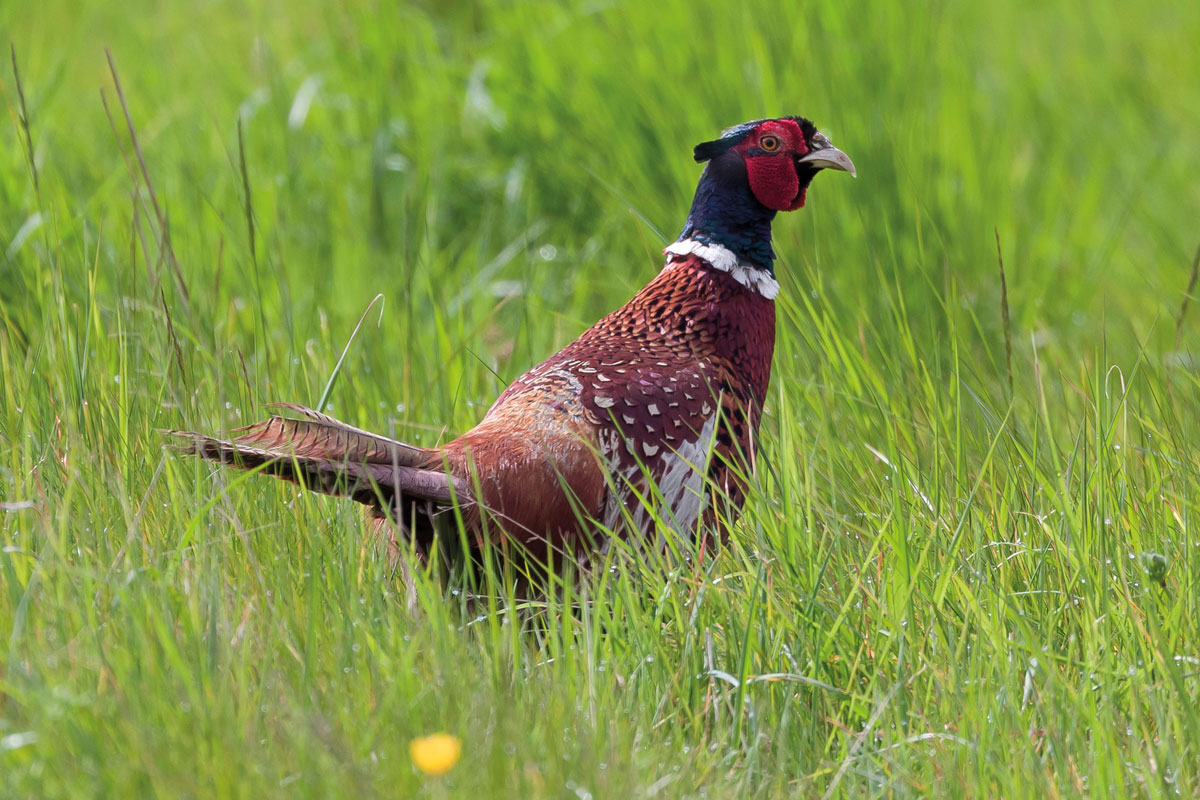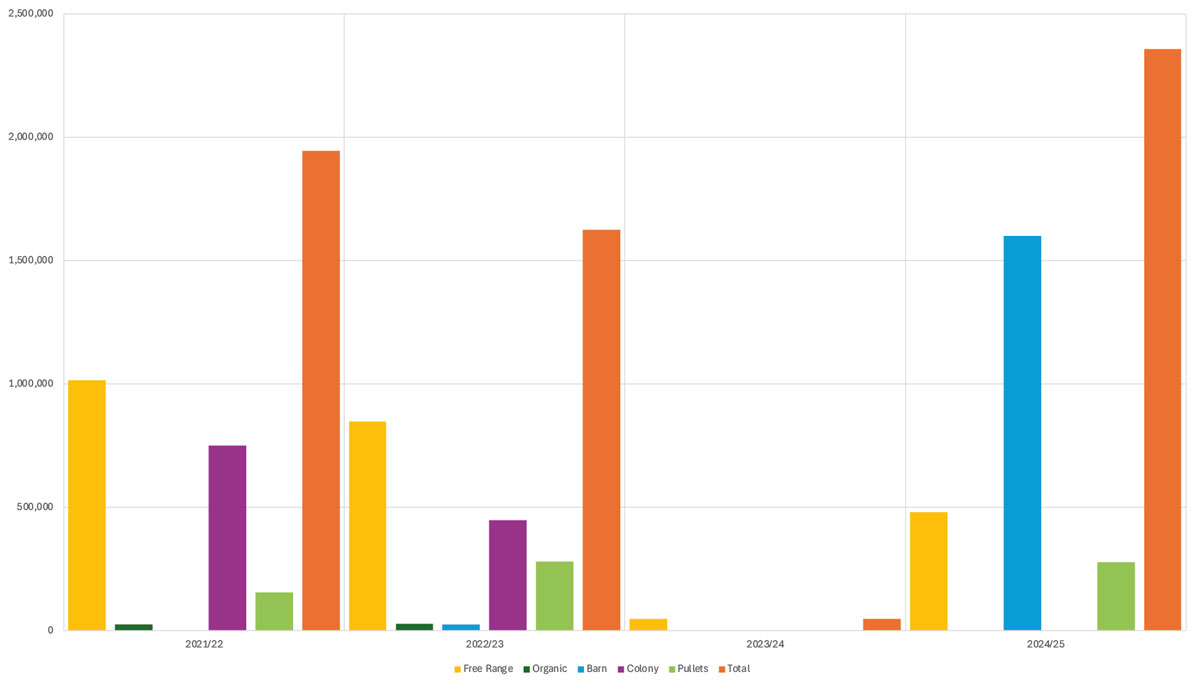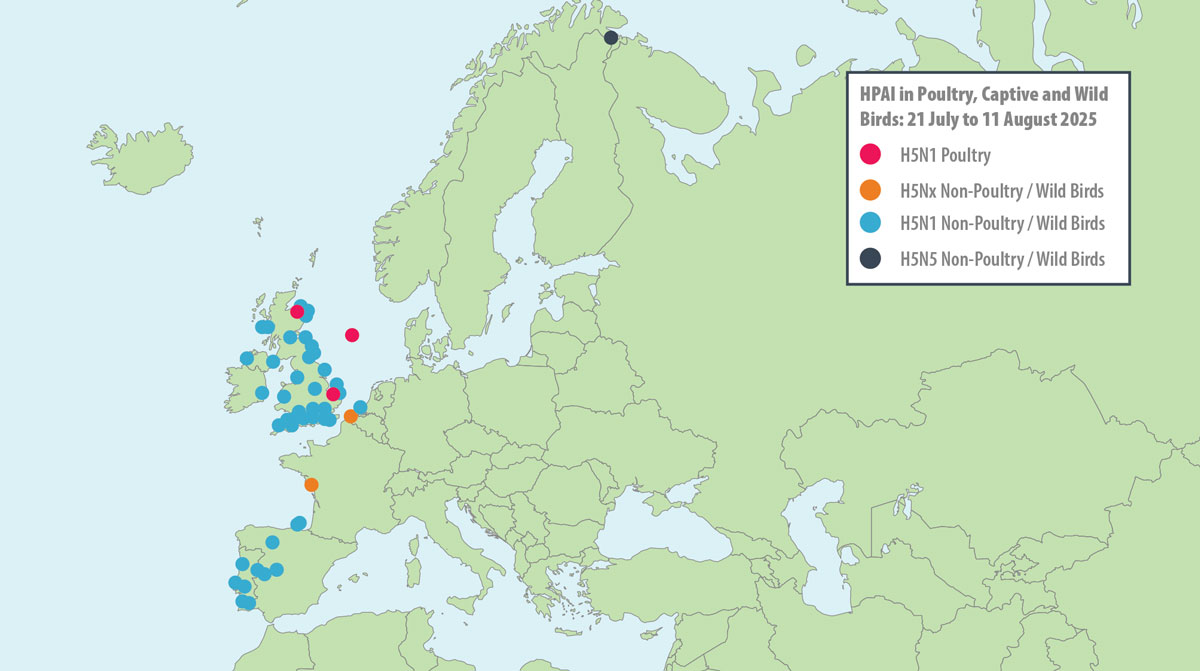Avian Influenza - DEFRA’s balancing act
Published on : 12 Sep 2025

With the recent outbreaks involving game birds, , game rearers and shoot operators are now subject to tighter biosecurity measures...
At the time of writing, in late August, we’ve witnessed an unwelcome and unseasonal increase in the number of cases of High Pathogenicity Avian Influenza (HPAI) being reported in managed flocks of birds particularly in the game sector.Government maintains the wild bird risk level at HIGH, indicating the disease occurs “very often.” However, on 15 August, owing to the increase in poultry and captive birds as well as a changing pattern of wild bird findings, the risk level in poultry with sub-optimal biosecurity was increased to MEDIUM. This indicates that the disease will be detected “regularly.” Where stringent biosecurity is consistently applied at all times, the risk remains at LOW, but with an increased degree of uncertainty, rising from “low” to “medium-low.”Avian Influenza Protection Zones (PZ) and Surveillance Zones (SZ) are in place in Aberdeenshire, East Anglia and the South West. Recent cases to date, from 25 July to 22 August, number nine in total, with a single case in commercial laying hens in Aberdeenshire confirmed on 1 August. In Norfolk, two commercial meat farms near Attleborough were confirmed within a week of one another. In the South West, across Devon and Somerset, the outbreaks have been dominated by game birds.The current season 2024/25 (1 Oct 2024 – 30 Sep 2025) has been the worst HPAI season on record for overall laying hen losses. Across the UK to date, nearly 2.2 million hens or pullets have either contracted the virus or been slaughtered as part of control measures. The graph below shows how recent years compare.Defra’s conundrum
Avian Influenza outbreaks in hens or pullets - 2021/22 to 2024/25
In the regular weekly meetings between industry representatives, including BFREPA, and the authorities evaluating the changing global situation, the recent wild bird detections and cases in captive birds have caused considerable consternation. “It’s looking horribly like 2022,” said one expert. But what could that mean for us?As is the case across other European countries, as the competent authority, Defra has the power to impose a restriction on re-stocking within a 10km zone whilst a Protection Zone is in force. Defra has not imposed such a draconian lock-down, but it remains a potential next step in terms of mitigation and one that they apparently came close to implementing in 2022/23. Re-stocking is a discretionary allowance and not a right, and Defra's current policy is to control re-stocking via the granting of licences. If the UK agreed dynamic alignment with the EU in a Sanitary and Phytosanitary agreement, then no re-stocking would take place in the 10km zone until the PZ is merged with the SZ. As a rule of thumb, the PZ is merged around 25 days after the premises is confirmed as an Infected Premises. Defra is not currently planning this action as it is recognised that it would present “an absolute nightmare” in terms of the impact on the industry.Will there be a housing order?Considering the number of outbreaks relative to previous years, it is almost a certainty and is already under discussion. Defra is considering a localised approach to housing orders. Coastal counties are viewed as being at heightened risk, with East Anglia and the South West of particular concern. This approach has been supported by the trade bodies represented in the weekly meetings with Defra.Changes to AIPZ rules for game birdsWith the recent outbreaks involving game birds, especially in coastal areas, game rearers and shoot operators are now subject to tighter biosecurity measures within the Avian Influenza Prevention Zone (AIPZ), which is in force across Great Britain. Effective from 26 August, game businesses are required to disinfect vehicles each day they are in use and comply with a host of measures to mitigate the risk of spreading the disease once birds are released, including:• Provide one feeding station per 60 released birds• Clean feed and water stations daily, removing faecal matter, feathers and spilled feed• Cover feed and, if possible, water stations to avoid contamination from wild birds• Avoid feeding pheasants in release pens within 50 metres of a water body used by ducks or wildfowl• Avoid feeding gamebirds within 500 metres of any other poultry or kept birds• During the open season, check gamebirds in release pens daily for signs of disease• Conduct a daily search for game and wild bird mortality up to a radius of 50 metres from the perimeter of the release pen• Report said mortality to Defra, and dispose of carcasses appropriately• Maintain detailed visitor recordsIn a press release from Defra, UK Chief Veterinary Officer Christine Middlemiss said:“We are seeing increasing outbreaks of avian influenza, particularly in coastal counties. Gamebird operations, alongside all other poultry keepers, must take action now to protect their birds and limit the risk of further outbreaks. Strong biosecurity remains our best defence, and we urge all keepers to take immediate steps to strengthen their measures. We will continue to monitor the situation closely.”These rules are intended to protect both wild and captive bird populations. The release of game birds is not permitted in any avian influenza disease control zone. For many poultry keepers, these tighter controls on the game industry will be welcomed. The peak release of game is in July and August, so hopefully the period of greatest risk posed by gamebirds is now behind us.Gary Ford, Head of Strategy and Producer Engagement at BFREPA, commented:“We very much welcome the fact that Defra has introduced additional biosecurity measures that apply to the game sector as part of the existing GB-wide Avian Influenza Prevention Zone. The measures are in response to concerns that we have consistently raised at the weekly Defra AI Core Group meetings. Members are rightly concerned about the risk posed to their business from the game sector – an attractive range for free-range layers is also an attractive cover for game birds, and the RSPCA’s new standard around provision of 20% natural cover on the range (due to be implemented by May 2027) will only exacerbate this.”Can I still insure against the risk?By the time this magazine is published, the short answer is no. NFU Mutual closed its AI insurance offer on 1 September, in line with its practice of recent years to withdraw ahead of the high-risk winter period. Earlier in the year, the insurer had briefly reopened its book, giving producers a limited window to apply, but that opportunity has now passed.Adam Williams, NFU Mutual animal disease portfolio manager, explained at the time:“To maintain the sustainability and viability of our AI insurance offering, NFU Mutual reopened general new business outside our scheme for the first time in three years last April. The book has since reopened for 2025 and is scheduled to close again on 1 September 2025, ahead of the high-risk period – subject to outbreak developments.”The insurer’s acceptance criteria remain unchanged: only free-range layer farms operating under the Lion Code of Practice are eligible for cover, owing to the strict biosecurity standards embedded in the scheme. This has left many producers unable to obtain a quotation. BFREPA has raised these concerns with NFU Mutual and understands that the insurer will review its criteria again for 2026.European outlookFurther afield, detections of HPAI in poultry are falling. Across Europe, between 21 July and 11 August, just three cases were reported. Two of these were in the Iberian Peninsula and the third in Ireland. Wild bird findings continue at a low level, with several nations reporting only single figures. The map below indicates the extent to which the UK currently appears to be a hotspot for the virus.

HPAI in Poultry, Captive and Wild Birds - 21 July to 11 August 2025
Gary Ford commented:“The current Avian Flu situation is a concern as we head toward the start of the migration season. The high number of cases over the summer has led some to suggest that the forthcoming 2025/26 season will be as challenging as the 2021/22 and 2022/23 seasons. We strongly encourage all of our members to maintain high standards of hygiene on-farm at all times to minimise the risk of this damaging disease. If any of our members are affected by this invidious disease, please get in touch as we are here to help and support our members through this difficult time.”BFREPA is a member of the Defra AI Core Group, which currently meets on a weekly basis. In this position, it can ensure that members’ concerns are raised at a senior level and that appropriate feedback is provided.Members can keep abreast of the current situation by joining the BFREPA WhatsApp Group as well as signing up to APHA disease alerts. Both the BFREPA and Defra websites are also a huge source of useful and practical information.
